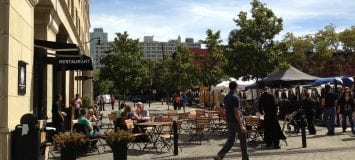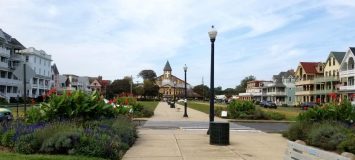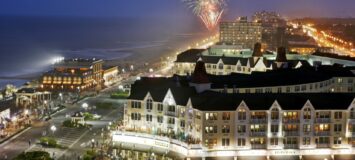A neighborhood is a geographic unit within the municipality that is typically bordered by significant physical features, either natural or man-made. Examples of such features include a major street, a rail line, a river or a large industrial complex. Residents share the use of public facilities such as schools and shopping areas that facilitate social interactions. The neighborhood may be known by a commonly recognized name. Neighborhoods within municipalities of different types are eligible for nomination: downtown, urban, suburban, exurban, town or small village.
Characteristics of a Great Neighborhood include:
- Has a memorable character that reflects the community’s overall character and local history but sets itself apart from other neighborhoods. Design and architectural features are visually interesting. Older neighborhoods have retained their historic charm.
- Has a variety of functional attributes that contribute to a resident’s day-to-day living (i.e. residential, commercial or mixed-uses).
- Accommodates all modes of transportation (i.e. pedestrians, bicyclists, drivers) and provides access to multiple destinations that serve its residents.
- Encourages social activity and creates a sense of community and neighborliness.
- Provides and maintains a safe, secure environment (e.g., traffic calming, neighborhood watch organization, Safe Routes to School program).
- Promotes sustainability and responds to climatic demands.
![]()






